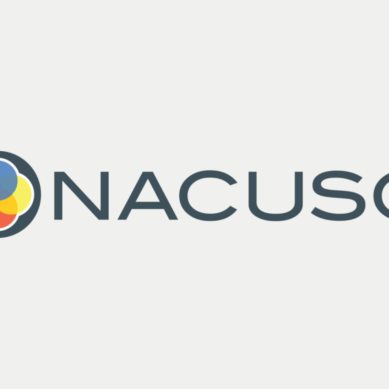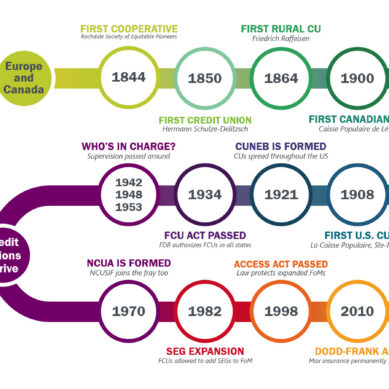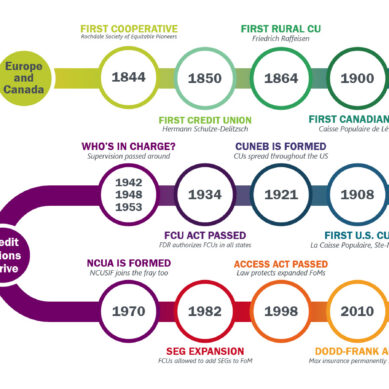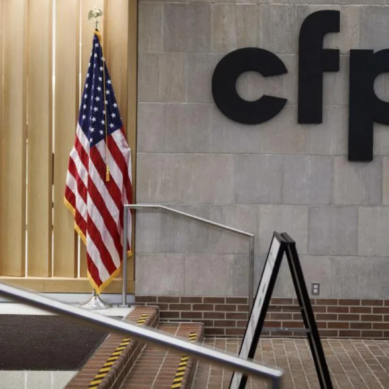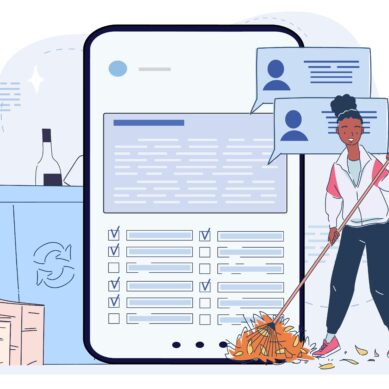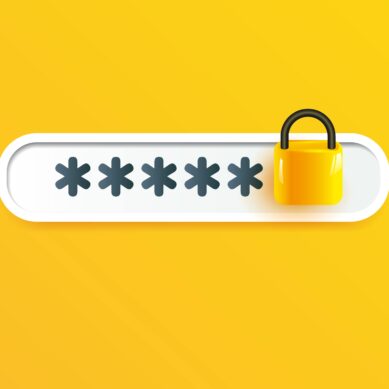A person, not a program, wrote this article. Rather than entrust it to ChatGPT, Gemini, or Claude Opus, someone took the time, thought, and labor necessary to write it for you. Why, when Generative AI could do it in seconds?
Partly, it’s because this article has a particular goal—one that’s best served by intentionally chosen language and words, not sentences formed by combinations of the most likely next words. Partly, it’s because I don’t want to worry about this article deviating so off-topic it’s now about something else entirely, or turning into garbled gibberish. Partly, it’s because writing is a conversation between the author and the reader, and I’m not interested in sending a long-winded, corporate-tongued liaison in my place.
Mostly, it’s because this topic matters to me. The assistance you’re giving members when your team members are away should matter to you, too—enough to handcraft it. And, no, that idea isn’t antithetical to the concept of a chatbot. Instead, it’s the basis behind an entire field of artificial intelligence: conversational AI.
Conversational and generative AI
In short, conversational AI is a form of artificial intelligence made to simulate and aid in conversations. It makes use of Natural Language Processing (a process that identifies patterns and meaning in sentences) to understand inputs (user messages) and link them to outputs (what your chatbot will say).
Generative AI, on the other hand(for those unaware, think ChatGPT), creates a response based on the prompt given to it, any guardrails established to help it stop veering off course, and a complex interplay of mathematical logic that determines (simplistically) what the most likely next words are. Every time, the answer will be different. Every time, you’re relying on that probability game to produce something true. Even then, that truthfulness is frequently limited by nightly syncs, meaning its knowledge base is constantly lagging twenty-four hours behind. It can—and will—lie with a virtual smile, no matter how much you instruct it to be truthful. It’s a tool, not a friend.
The good news is you don’t have to leave your chatbot in the hands of generative AI. Credit unions, to put it bluntly, probably shouldn’t.
Chatbots where answers are prewritten, where flows are predefined and designed by a person, are entirely controlled by you. Each response can be tailored to meet members’ needs, provide accurate information, and represent the personality you define for your brand. Just like this article, it’s a conversation between reader and writer. It’s an always-available, never-sick, consistently-friendly conversation between you and your members, all under the wrapper of a friendly chatbot.
Control, creativity, and confidence
By far the biggest boon of a bespoke, handmade chatbot over a generative one is reducing the risk of “hallucination”—the potential for your bot to fabricate information with full confidence. Positivity biases make generative models eager to please. So too do well-meaning prompts like “always help the member with whom you are talking.” Generative models can outright concoct agreements from nothing, can invent new products and services, and pull information that’s years out of date—or not even relevant to your credit union.
Every time a member speaks to a chatbot with predefined, conversational workflows, they get an answer that you and your team have signed off on. Beyond that, adding programming can allow your chatbot to pull information directly from your website, spreadsheets, and documents. Then, it can transform that information accurately, using the unavoidable rules you’ve set to deliver live, always-updated content in exactly the format you’ve dictated to it.
Additionally, there’s no risk of infinitely long messages containing complex jargon where you’re charged per token. Instead, handcrafted chatbots can offer customized responses that allow your brand to shine; they come laden with stylization meant to engage your members. Add custom graphics, highlight text based on the color of your website, embed video tutorials, integrate with your core, and take users step by step through complex processes.
Show members they matter
I wrote this article by hand because this topic matters to me. Your members matter to you. They want to feel catered to. More than that, they want banking to be easy and answers to be plentiful. Generative AI chatbots with fluctuating quality and impersonal content don’t provide that; content you handcraft does.
